10 animals you might meet
Sleepy sloths, rainbow-hued birds, humpback whales and turtles barely scratch the surface of the huge array of widlife in Costa Rica. Here are all the animals you can expect to see…
1. Monkeys

The first time you’re woken by the booming roars and shouts of howler monkeys in Costa Rica is when you really know you’re in jungle territory. Staying in eco-lodges or family-run accommodation on the edge of the parks is the best way to immerse yourself. Once there, you can explore the parks with guides, wildlife-spotting by boat in Tortuguero on the east, for example, or by foot in Manuel Antonio Park on the west.
Alongside howler monkeys, you’re also likely to see capuchin, squirrel, and spider: tick all four species off in Corcovado National Park. Watching their easy agility, swinging through the trees sometimes with a baby clinging on, is mesmerising.
2. Turtles
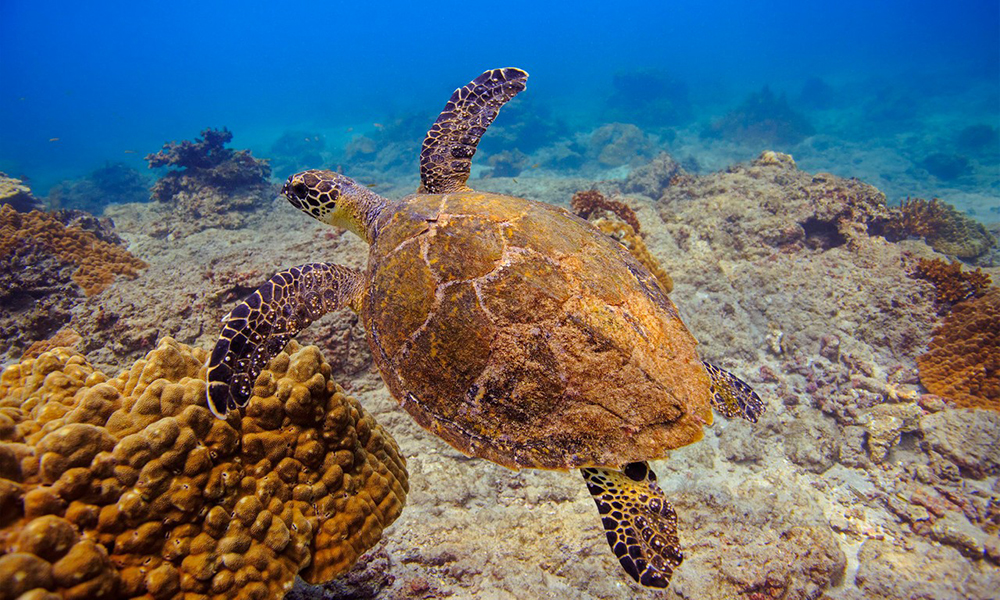
Many people travel to Costa Rica primarily to see the turtles’ nesting ritual of digging, laying and burying their eggs on the beach – not easy with flippers. It’s always best to watch them with official guides, so as not to spook these peaceful creatures. Lodges will book you on a local tour.
The four turtle species here are leatherback – the largest, which love to eat jellyfish (nests March-July on the Caribbean; Sept-March on the Pacific), green – the only herbivore (nests June-Oct North Caribbean – see them in Tortuguero National Park), olive ridleys – the most abundant species, named for their olive colour (nests all year on the Pacific coast), and the critically endangered hawksbill (nests Sept-Oct in Cahuita National Park on the Caribbean).
3. Sloths
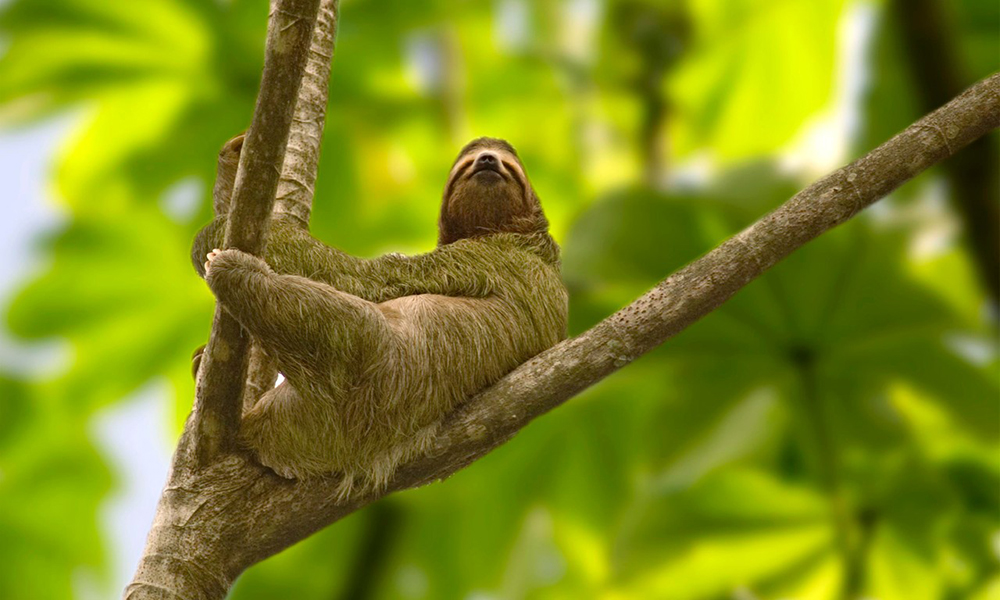
The trick to seeing these slow-moving hairy mammals is to look up. They live high in trees, hanging upside down from branches by their sharp curved claws, munching leaves and snoozing, only coming down once a week to pop to the toilet. Costa Rica is rare in having both two-toed and three-toed sloths – just count the claws to tell the difference.
Us visitors love them for their unthreatening speed, smiley-looking mouths and slow-blinking eyes. They live all over Costa Rica, but a stroll through Manuel Antonio National Park on the Pacific coast should lead to successful sloth spotting.
4. Birds
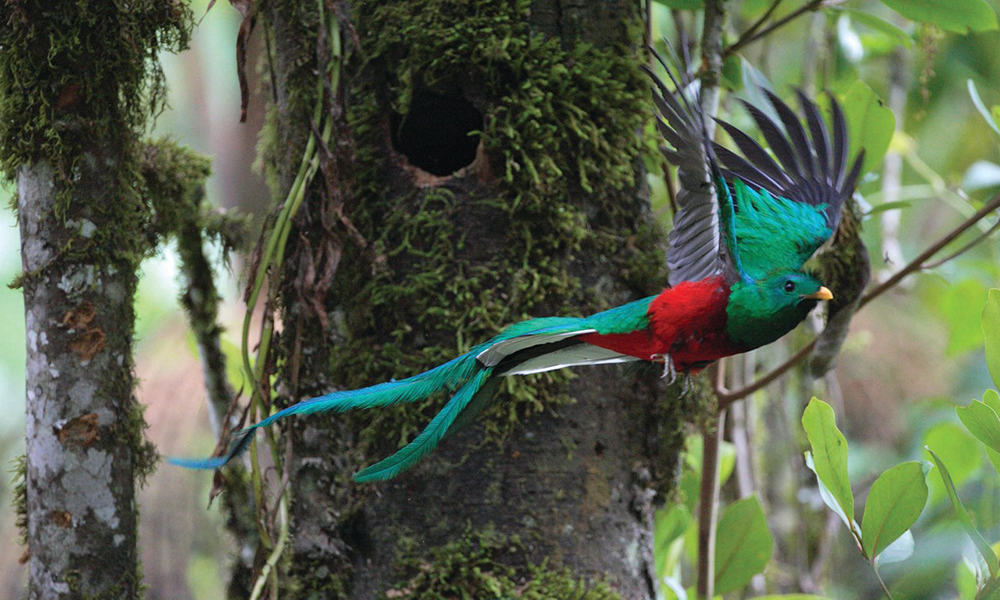
Bird watchers dream of seeing the fabulously vibrant year-round birdlife of Costa Rica. There are more bird species here than anywhere else in the world – 900 in total. Everyone loves spotting joyful keel-billed toucans with their emerald, orange and red bills, though the most exotic bird has to be the resplendent quetzal: small with iridescent green and red colouring and showy long tail feathers.
Find them in the Monteverde Cloud Forest and Los Quetzales National Park between February and May. Hopefully you’ll see tiny flitting hummingbirds, and bright scarlet macaws with their vivid red, blue and yellow plumage, and whose distinctive screech alerts you to where to look. See them on the Osa Peninsula and Carara National Park.
5. Whales
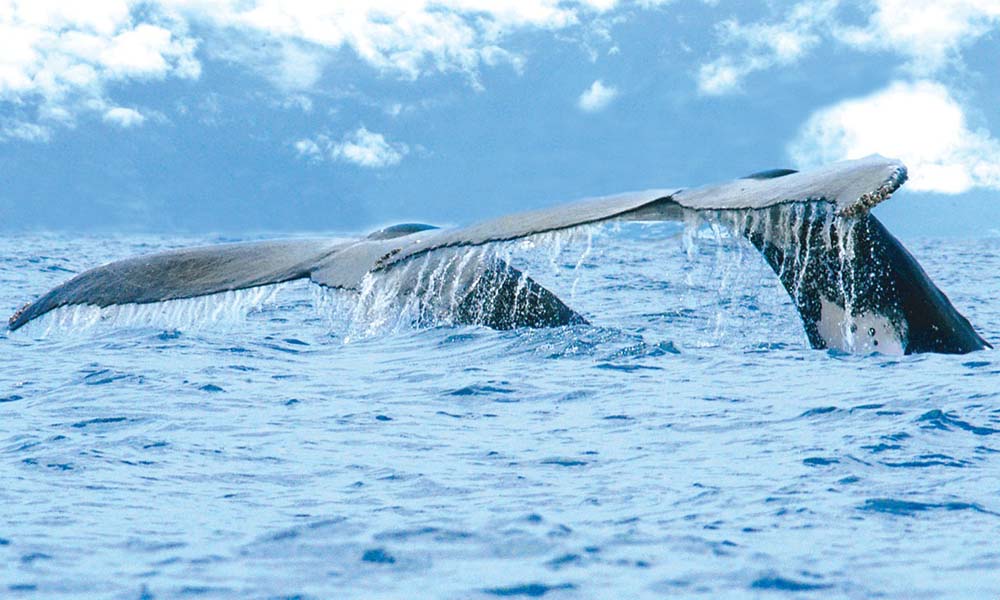
Marino Ballena National Park (ballena meaning whale) is the obvious starting point for whale-watching excursions in Costa Rica. From August-September and December-March endangered humpbacks arrive; the huge marine mammals migrate to give birth in these warm Pacific waters.
There’s even an annual whale festival in the village of Uvita to welcome them in August. Mothers and calves stay close to the coast and boat operators will take you to see the young learning to swim proficiently as they grow. People can also swim – take a tropical dip off the whale-tail shaped beach near Uvita, where there’s also kayaking and paddleboard hire.
6. Dolphins
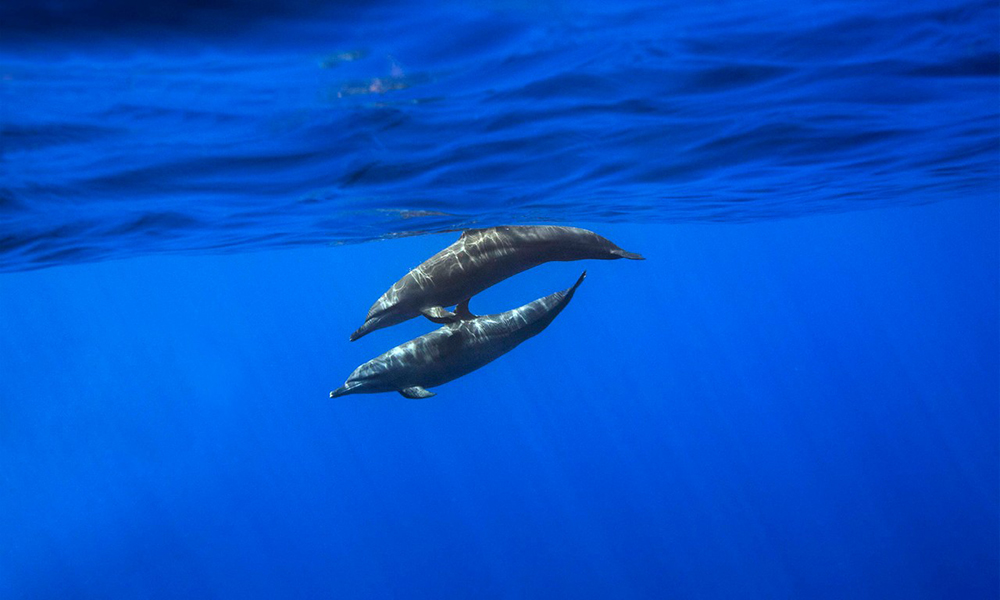
There’s nothing quite like zipping along in a boat while a pod of dolphins swims alongside, arcing in and out of the water at breakneck speed. They’re around all year, but the best place to spot them is on the Pacific Coast on a whale-watching trip.
Costa Rica’s Pacific coast is home to bottlenose, Risso’s dolphins, rough-toothed, spinner and striped, while on the Caribbean side you can find costero and bottlenose dolphins.
7. Iguanas
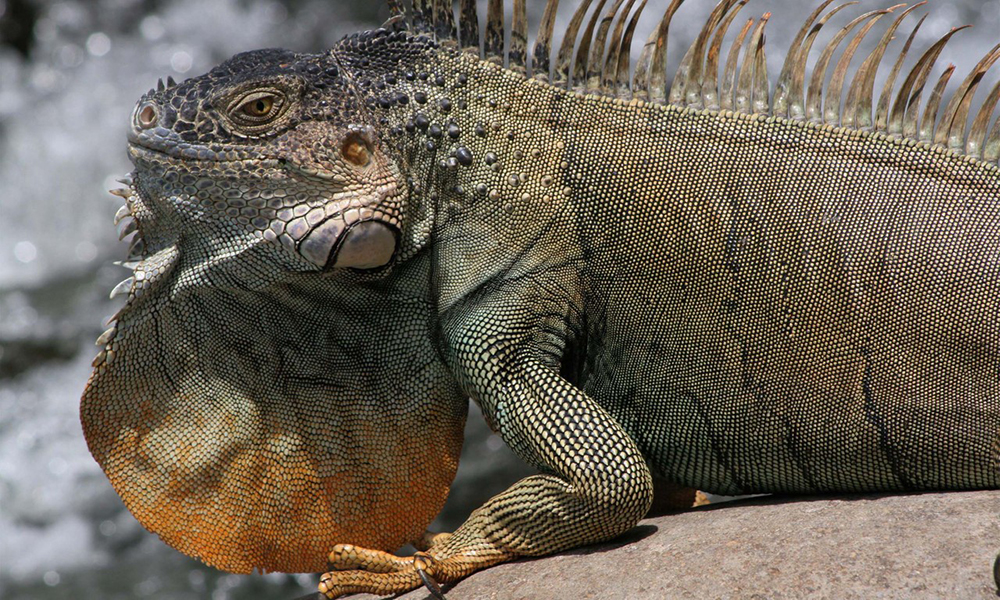
These dinosaur-like gentle giants are common in Costa Rica. Almost every jungle lodge has a semi-resident green iguana – they love to sunbathe by swimming pools and in the gardens of rainforest lodges (they know the good life when they find it), sometimes climbing into tree branches at night.
They’re the largest lizard in Central America: an adult green iguana can reach nearly two metres and live around 20 years, simply eating leaves, flowers, vegetables and fruits.
8. Butterflies

Want a tropical butterfly to eat mango and pineapple from your hands? Head for a butterfly conservation centre. From near the Arenal volcano to the butterfly centre of San José, they are dotted around the country.
But of course, you can also see fluttering beauties everywhere in the wild. The blue morpho is the most famous with its huge azure 20cm wingspan. Costa Rica is home to 1,200 butterfly varieties, including 18% of the world’s butterfly species and 90% of Central America’s species.
9. Tree frogs

The astonishing-looking red-eyed tree frog was once the cover star of a BBC Life on Earth book from an early David Attenborough series. No wonder: this bug-eyed jumping amphibian is famously strange-looking, with bulging red eyes, a green body and outside bright-orange feet.
Although people assume its startling appearance means its poisonous, it’s actually harmless. A guide will help you spot them in the humid rainforests of Tortuguero National Park, Manuel Antonio National Park and the Monteverde Cloud Forest Reserve.
10. Devil Rays
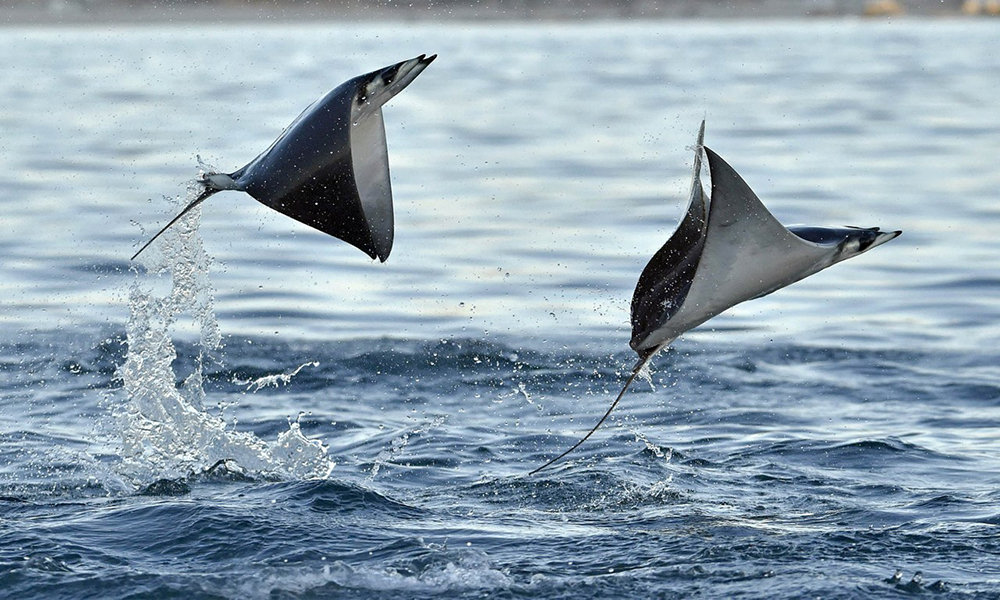
These huge flying fish provide a brilliant spectacle by propelling themselves out of the sea, flapping their giant ray wings to sail through the air before plunging below the waves again. With some growing to a vast 5m, they’re one of the largest rays on the planet, sometimes swimming in schools of thousands. It’s not certain why they perform acrobatics, but one good place to spot them is the protected waters around the Bat Islands.
This article originally appeared on wanderlust.co.uk
Find more wild adventures in Costa Rica:
Discover these little-visited national parks
How to experience Pura Vida in Costa Rica
Find out why Costa Rica is the perfect post-covid retreat
